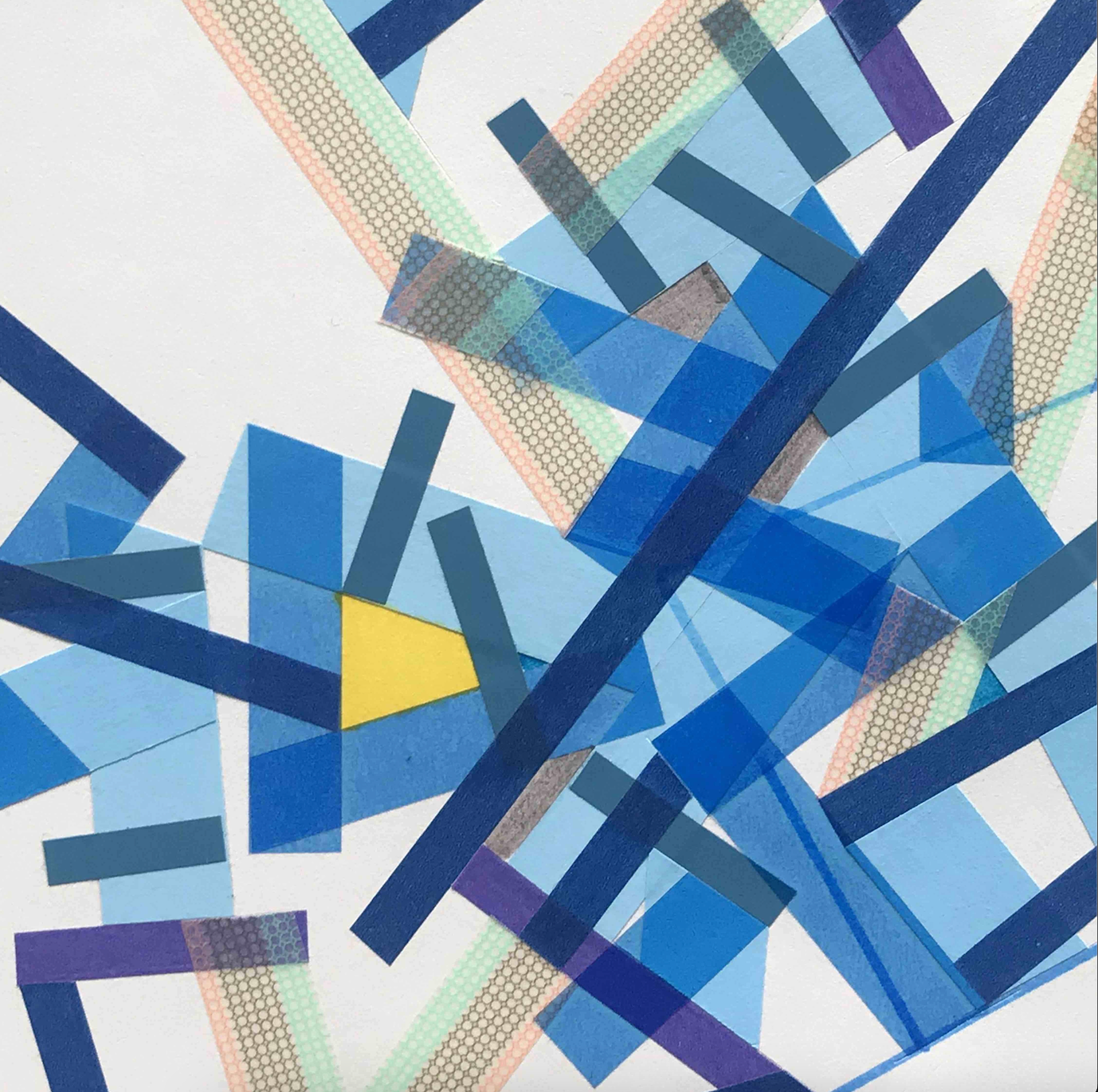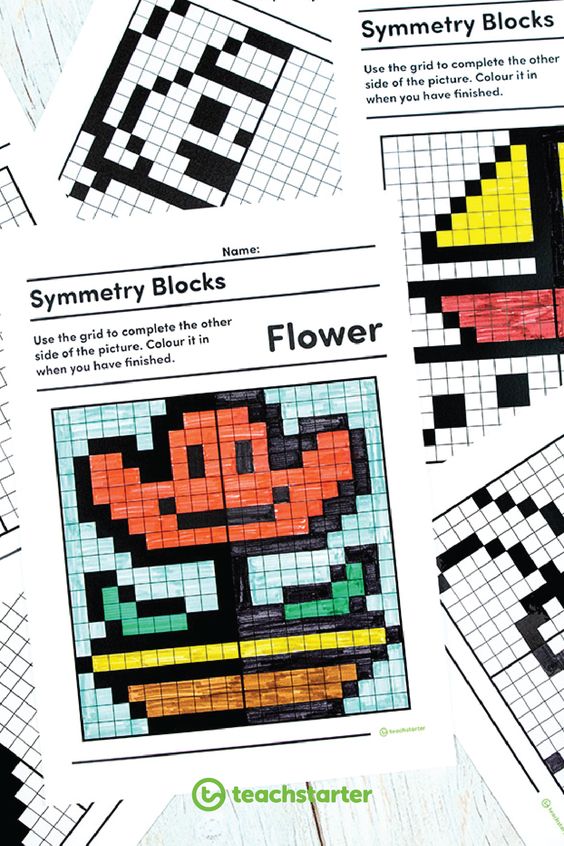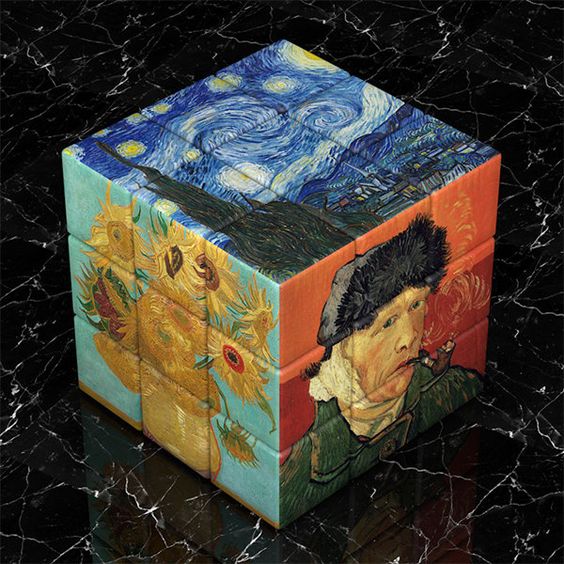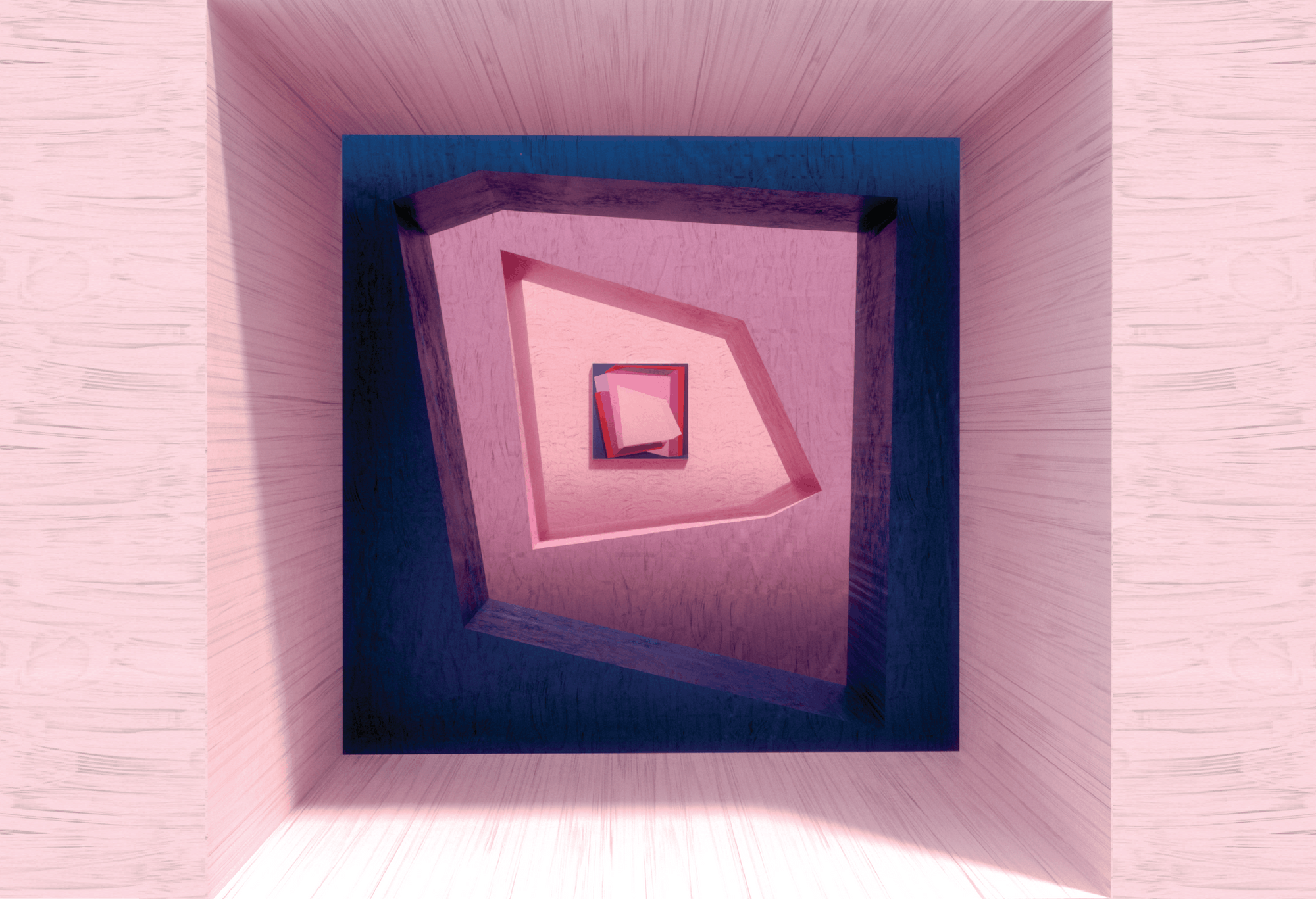No Products in the Cart


Shapes, precision, and symmetry. These works represent a chaotic yet carefully ordered body of messages.

Receive updates on new artworks, artists, special events, and holiday deals! Unsubscribe anytime.
